The Flavian Amphitheatre (The Colosseum)
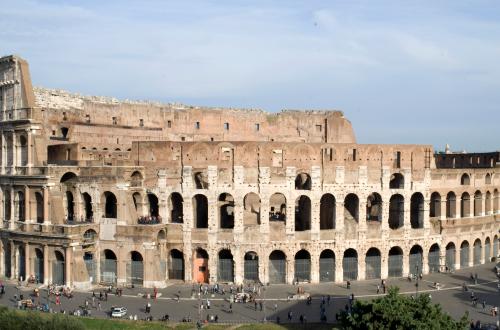
 Condividi
Condividi
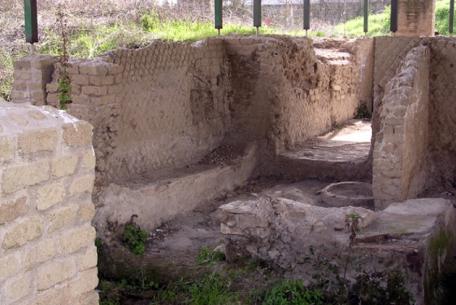
The archaeological area of Settecamini, discovered in the 1950s, is located halfway between Rome and Tivoli, at the intersection of the eighth mile of via Tiburtina
[...]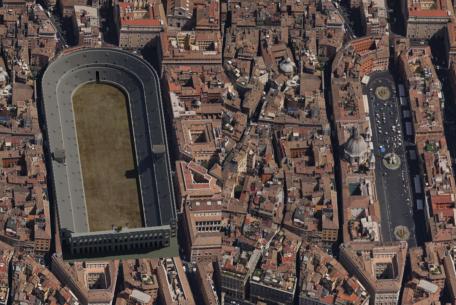
Hidden about 4.50 meters from the street level, below the lively and elegant Piazza Navona, is one of the most
[...]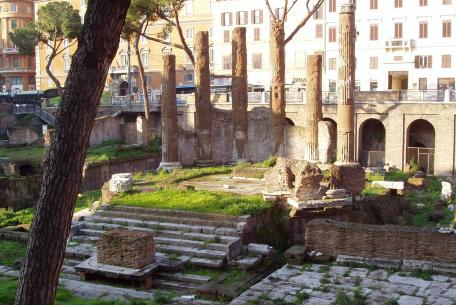
It is one of the most important archaeological sites of the city, with the remains of four temples from the Republican age ranging from the 4th century to the 2nd
[...]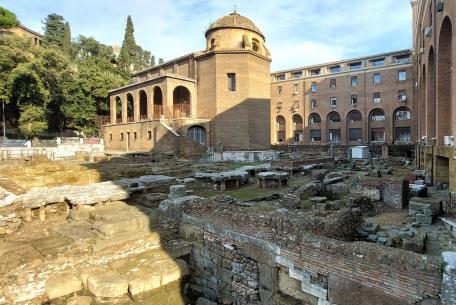
Visible even from the street, the archaeological area between the Capitoline Hill and
[...]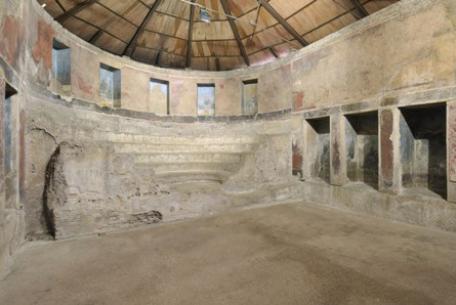
Walking along via Merulana, about halfway between the Basilica of Santa Maria Maggiore and
[...]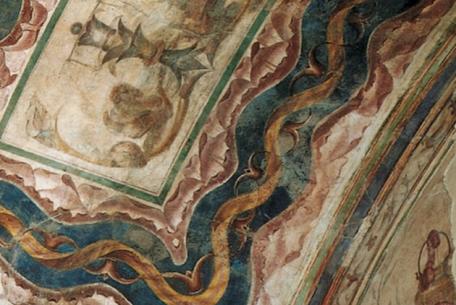
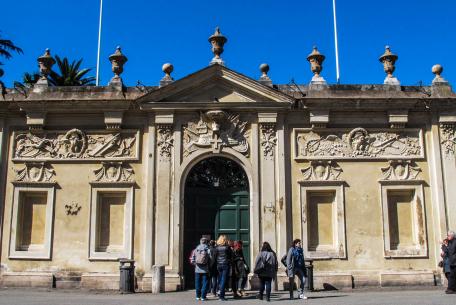
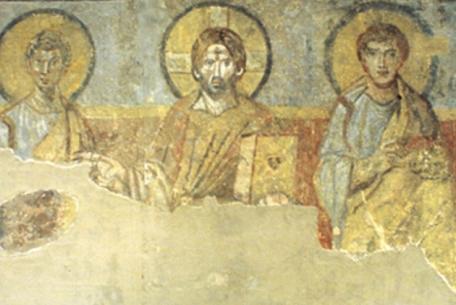
At the sixth mile of the via Portuense, along the right bank of the Tiber, on a hill later called Mont
[...]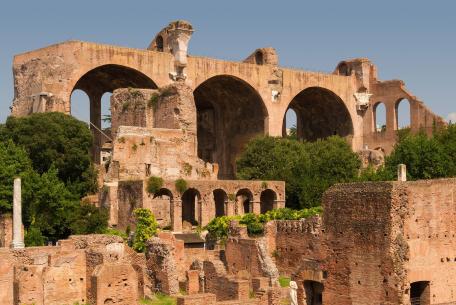
Those of you who have already been to the Capitoline Museums will certainly have admired the fr
[...]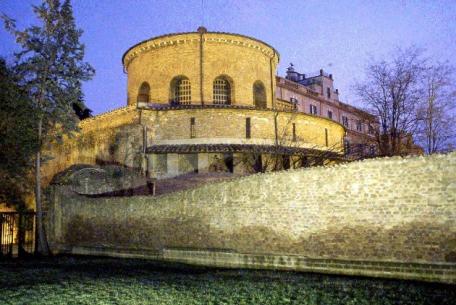
This Basilica was built in 324, at the behest of Constance daughter of the emperor Constantine, above the ruins of a cemetery and catacombs that housed the remains of the Saint.
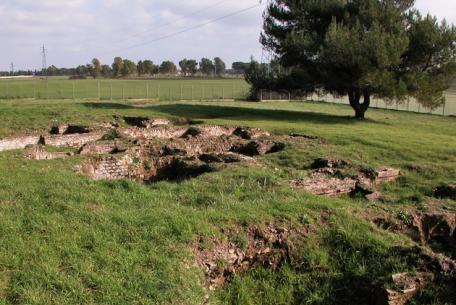
The basilica is located near the modern cemetery of Ostia, along a plain crossed by ancient cemetery roads.
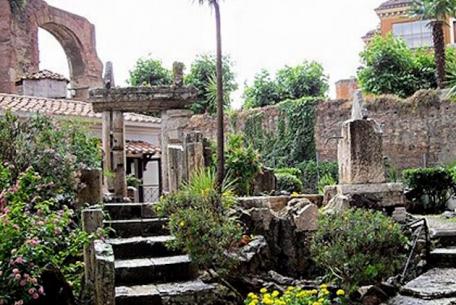
The basilica is located inside the Celio Military Hospital and dates back to the mid-2nd century AD.
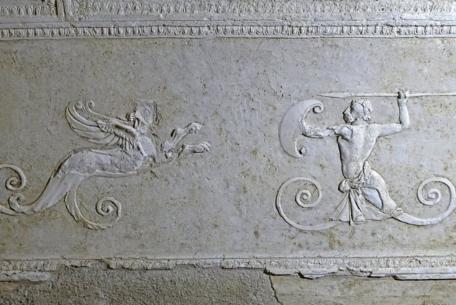
The building was accidentally found in 1917 under the Rome-Naples railway. There are various hypotheses on its use.
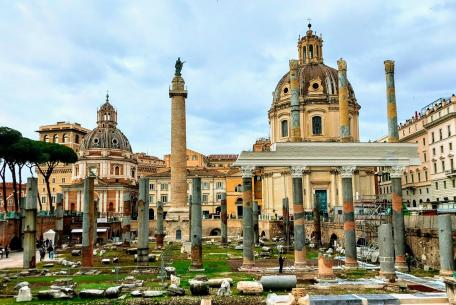
The Basilica Ulpia, built by the architect Apollodorus of Damascus at the behest of the Emperor Trajan between 106 and 113 AD, is located near the
[...]
The Bastione Ardeatino (Ardeatino or Sangallo Bastion) is a 16th-century fortress located in Viale di Porta Ardeatina.
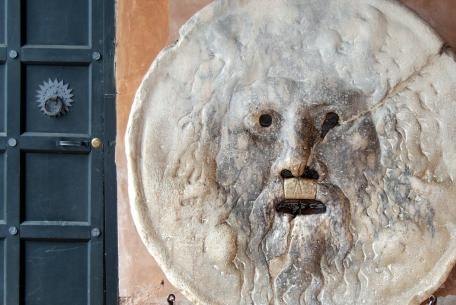
In Piazza Bocca della Verità is the ancient marble mask, one of th
[...]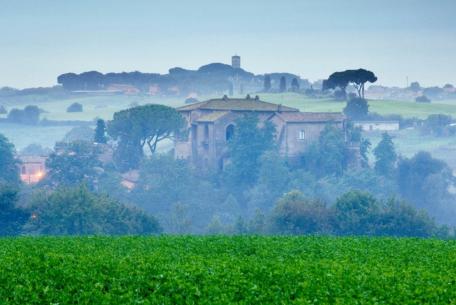
Perched on a volcanic cliff, a few kilometers north of Rome, lies this delightful village.
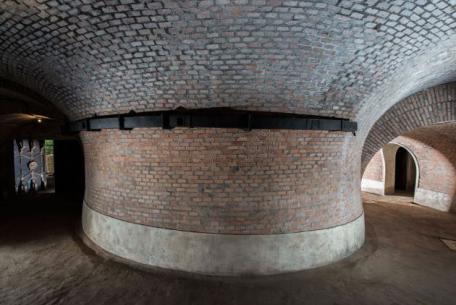
The Savoy air-raid shelter, surrounded by the thick vegetation of the large park of Villa Ada, opens for the fir
[...]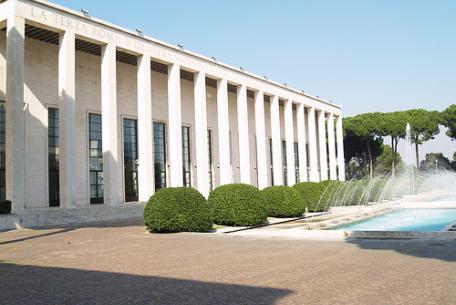
There is a Rome below ground whose existence not many know anything about, that of the “bunkers” or rather underground air raid shelters.
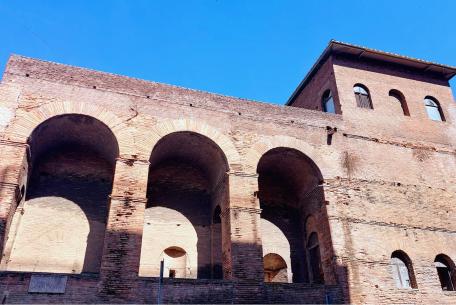
One of the longest and best-preserved city walls in the world, the Aurelian Walls
[...]
Erected for the city's defence by Emperor Aurelian between 271 and 275 A.D., the city walls initially extended for about 18 kilometres, of which just over 12 are p
[...]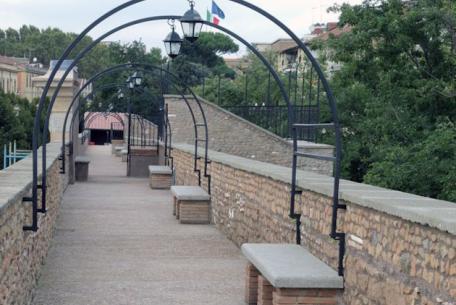
The walkway in the section of the Aurelian Walls in Viale Pretoriano between Via dei Frentani and Via dei Ramni opened to the public for the first time on 3 July 2021
[...]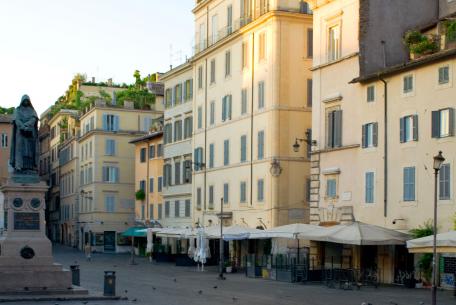
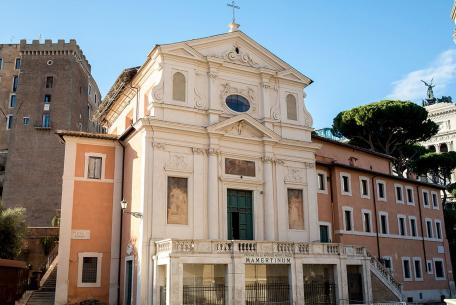
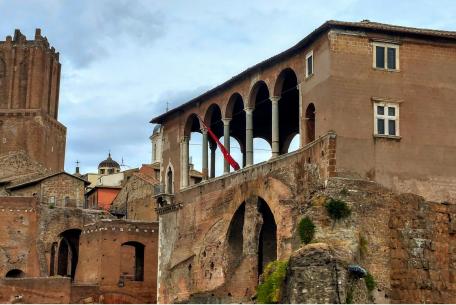
The House of the Knights of Rhodes is the result of a stratification of several centuries.
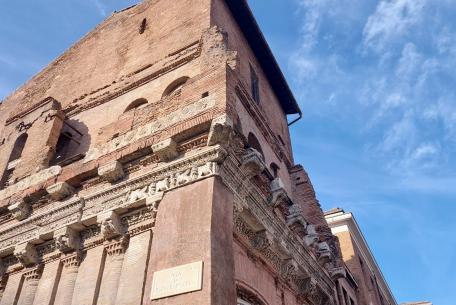

The House of Augustus on the Palatine Hill is one of the most important monuments of th
[...]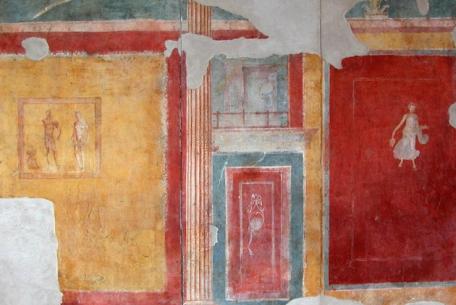

 Condividi
Condividi
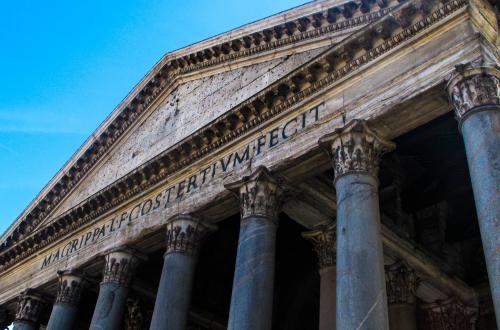
 Condividi
Condividi
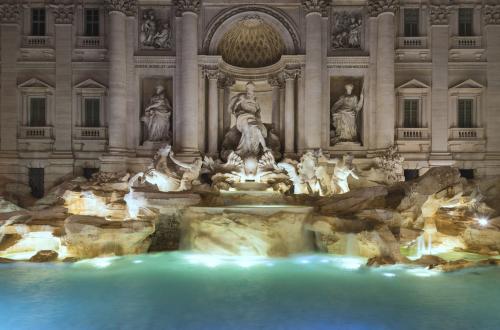
 Condividi
Condividi
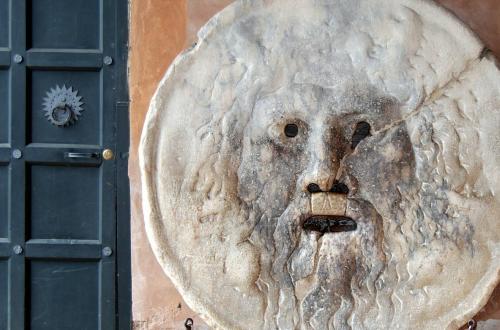
 Condividi
Condividi
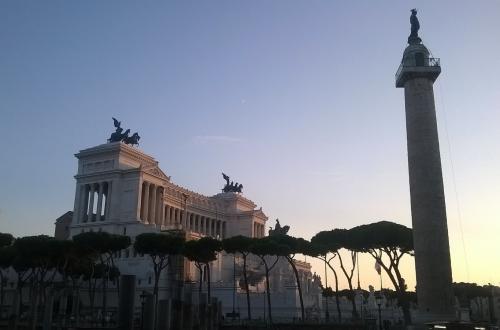
 Condividi
Condividi
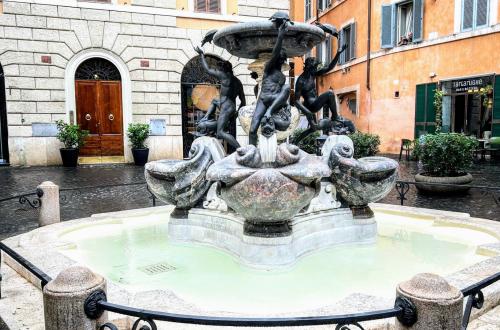
 Condividi
Condividi
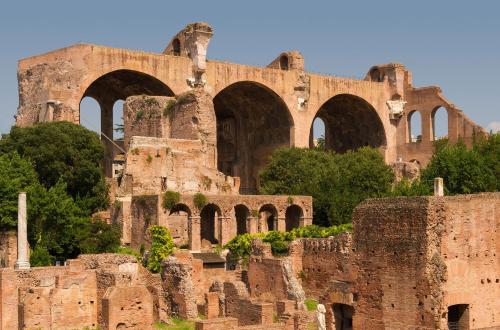
 Condividi
Condividi